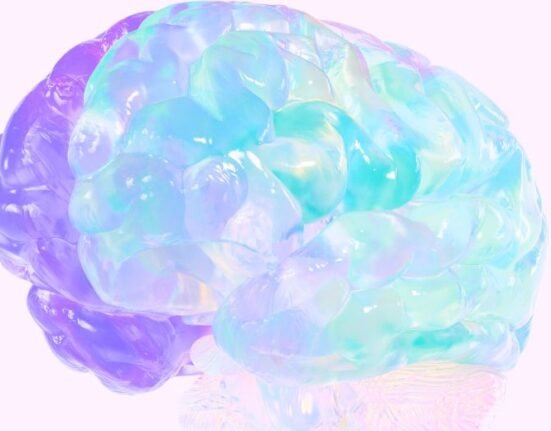By Aparna S
July 29, 2029: India’s revered mythology, Mahabharat, centering on the Hindu moral law, narrates the events and aftermath of the Kurukshetra War, a war of succession between two groups of princely cousins, the Kauravas and the Pandavas.
It presents a plethora of human behavior in conflicts of perspective, and one of the most captivating stories is of the anti-hero — Duryodhana, the eldest of the Kauravas.
At birth, the Kaurava prince was named Suyodhana, a Sanskrit word which means a good warrior or one who is extremely difficult to fight or wage war against.
In the initial years of growing up the two alphabets ‘Su’ were replaced by ‘Du’ (bad or wicked) which indicates that the boy’s behaviour was not deemed so good, at least by the Pandavas.
‘Su to Du’
How did ‘Su’ become ‘Du’?
If one reflects the epic in terms of behavioural science then you might find an answer to the question.
Disruptive behaviour disorders are a group of symptoms characterised by noncompliance and aggressive hostility to authority and peers.
Parenting, peer group, and socio-cultural background all have a significant role in the aetiology of these disorders, apart from a considerable genetic load.
Conduct disorder and oppositional defiant disorder are a few examples of this condition.
The characteristic symptom profile includes easy irritability and aggression, school absenteeism, disciplinary issues and noncompliance with authority.
Bio-psycho-social factors
The aetiology of disruptive disorders includes a complex interplay of bio-psycho-social factors.
A home environment that lacks structure and adequate supervision with frequent marital conflicts between parents, and inconsistent discipline leads to maladaptive behaviour.
Apart from the neurological and genetic factors, let’s look at the more socially relevant and much more modifiable points like family and parenting dynamics.
Lack of constructive parenting, verbal and physical aggression, and frequent domestic violence are all correctable and preventable reasons for a child to grow up into a disruptive one.
The father of the Kauravas, Dhritarashtra was born blind. He was the King of the Kuru Kingdom, with its capital at Hastinapura, situated in the northern Indian Uttar Pradesh state on the banks of the Ganga River.
Overcompensating father
Dhrithrashtrara was an overcompensating father, turning a blind eye (quite literally) towards the wrongdoings of his eldest son.
There are many instances in Mahabharat stating the “Puthravalsalyam” or love for a son, of this permissive father.
His wife Gandhari on the other hand decided to blindfold herself and missed any chance of supervising and guiding her children.
Kept in the company of a manipulative uncle during his formative period, the prince had all wrong examples to follow.
The entry of his rival cousins which suddenly took away the undivided attention he was enjoying till then and the derogatory comments from his teacher- mentors would have only added on.
Given this scenario, the transition from ‘Su’ to ‘Du’ was only a matter of time. An interplay of several correctible factors moulded a greedy villain out of a dignified prince and resulted in the Kurukshetra war — brothers against brothers.
While the Hindu traditions glorify and celebrate the victory of the good against the evil, the ‘Su’yodhan of Hasthinapuram stands as testimony to how not to raise a child.
(Dr Aparna S is a consultant psychiatrist and an Assistant Professor at the Believers Church Medical College Hospital, Tiruvalla, Kerala. Views expressed are her own and not of an organisation or company.)








1 Comment